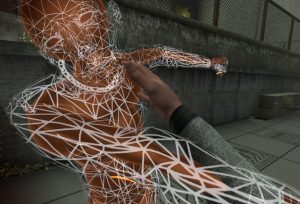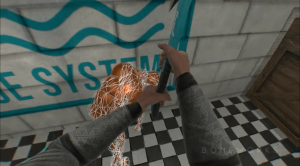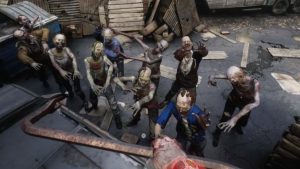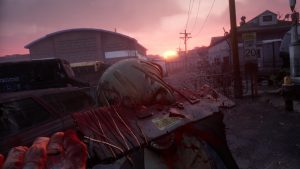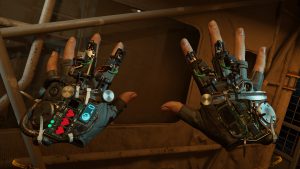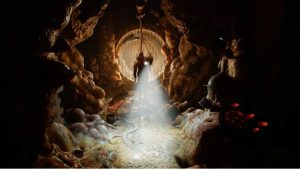Consumer VR is still driven mostly by the game segment. The first quarter of 2020 has seen some remarkable game releases for PCVR headsets, building up on each other with matured product design to go for a more matured market. The time seems ripe for deepening as well as for broadening the VR gaming niche. In times of ‘Stay home and play safe’ campaigns, with increasing game software sales despite hardware cycle endings, VR gaming should be going for an uplift as well. However, pandemic related production shutdowns on the hardware side spoil the outlook for short supplies.
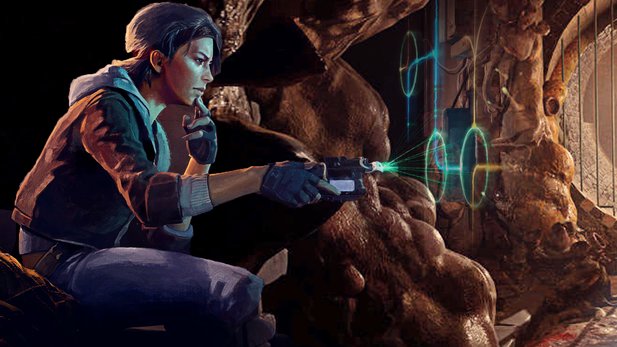
Boneworks, The Walking Dead: Saints & Sinners and Half-Life: Alyx were released consecutively by the end of 2019 until springtime of 2020 for PC gaming platforms. They all deal with similar topics and game mechanics.
Boneworks clearly wants to bring VR forward by setting up a sandbox-like gameplay experience for a core enthousiastic audience. Instead of carefully leading new beginners into the world of VR, the developers offer a parcours of physics-based challenges for maze runners who already made up their VR legs before. It’s a playground for hardcore VR gamers, where the gameplay itself is in the focus. There is no story, there is no soul. There is only gunplay, melee fighting, physical puzzle handling and a variety of interaction demos. The setting reminds a blending of Half-Life‘s action scenarios with Portal‘s testing labs. The deeper Boneworks explores realistic physical gameplay, the more obvious become the things that work and that do not work in gaming VR. But the game hits ground for the exploration of an audience that wants to dig deeper into VR in the same way they were digging into flatgames before.
The Walking Dead: Saints & Sinners also builds on physical gameplay with a strong focus on grabbing and fighting action. Along it’s well established zombie theme from the TV series, this game introduces quite some innovative gameplay tweaks into VR: objects have a weight and can be stucked into other objects where they also can get stucked or broken. The player constantly has to manage broken things by collecting them for repairing his tools for survival. The environment is rather responsive for often dramatic decisions, mostly prepared in interactive dialogues before the action takes over. The undead embody a dangerous company in a survival horror game that forces the player to touch them skin to skin. The Walking Dead: Saints & Sinners unfolds a detailed and well designed narrative world with physical and story related interaction mechanics. But it gets repetitive very quickly in the recombination of it’s gameplay elements, and therefore it looses epical appeal. After some playtime, a sort of immersive locked-in syndrome turns the game loop into a running wheel.
The release of Half-Life: Alyx must be seen as a benchmark for PCVR gaming because of the brand recognition coming with it and the flagship quality to be expected. Caught in the middle of brand continuity and VR innovation, the product delivers a mixed bag on both sides. The game takes place in between the original two flatgame parts as a sort of Half-Life 1.5 Episode 3. It reduces the brand’s acclaimed action-oriented story flow to a horror survival tunneling to facilitate player orientation in VR. It focuses heavily on interaction physics in polished environments. And it cuts back player presence to provide a screen-typical first person progression through highly detailed and impressively physical leftovers of previously established brand assets.
VR players new to the story world will experience a quality first person shooter with 2D and 3D puzzle elements and rather restricted exploration sequences without the need of knowing the background. With exactly the same gameplay experience, long-established Half-Live followers will meet the whole panopticon of the brand’s narrative universe, now put into VR. The game starts with an introductory walking sim, then challenges the player with two consecutive objectives for shooting her predetermined way, until she arrives in a closing walking sim mirroring the first one, where she finally confronts a deus ex machina solution for ending the experience – but not for ending the game. It really depends on your understanding of the machina for the positioning of the product: as an in-betweener, a sidekick or a restart in another dimension. The flagship’s course is undecided.
With headset supply currently hampered, it is difficult to classify the actual state of PCVR gaming. All three releases were successful in the reception from their VR enthousiastic audiences. All three releases clearly deepened VR gameplay and storytelling, despite certain cut backs in conception and production strategy. All three releases leveled up the production value of VR gaming products. Especially Half-Life: Alyx offers thouroughly tested engineering of player guidance and object handling under the hood. This flagship VR game basically achieves for PCVR what Resident Evil VII did for PlayStation VR soon after VR went to market. The achievement consists in setting quality standards for better VR awareness. But it results in using VR more for promotion in the public than in promoting the public into VR.
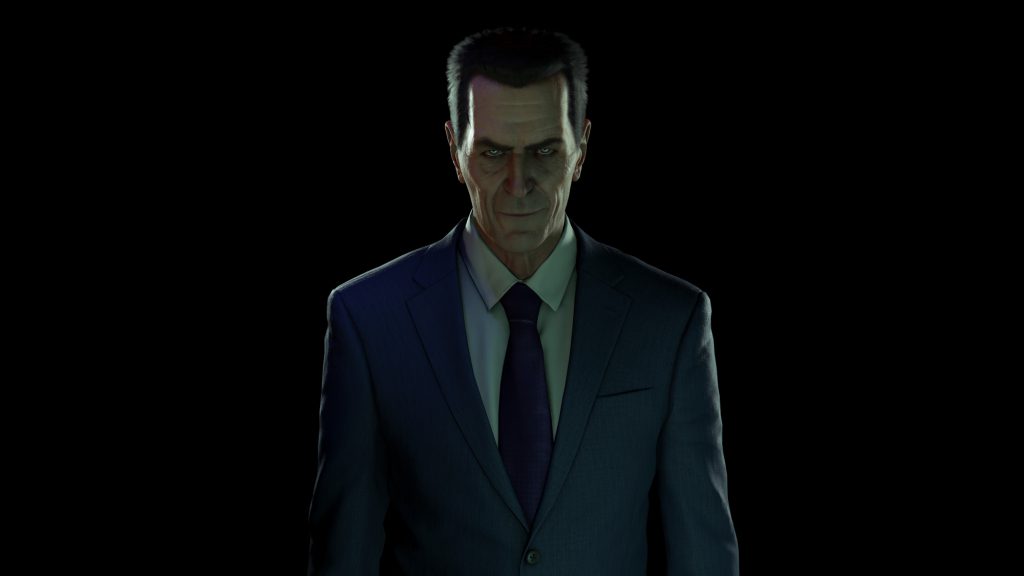
We seem to have reached a certain point in a development cycle that looks like an intrinsical looping, not like a point of departure or even a point of no return. And we may run on this spot for quite a few cycles more, even when headset distribution restarts again. Especially Half-Life: Alyx indicates game industry’s incapacity to step out of the vicious circle of traditional gaming expectations: the first published mod retranslates this VR-exclusive game back to a flatscreen version; the second mod warps the game back into a Wolfenstein3D world; the third mod narrows the game down to a common wave shooter. More of the same, and the same for much longer.

